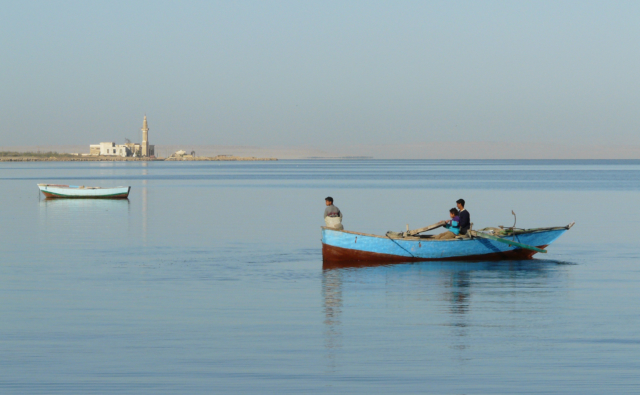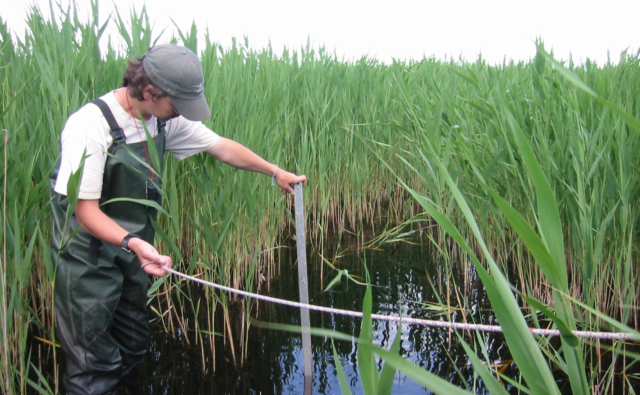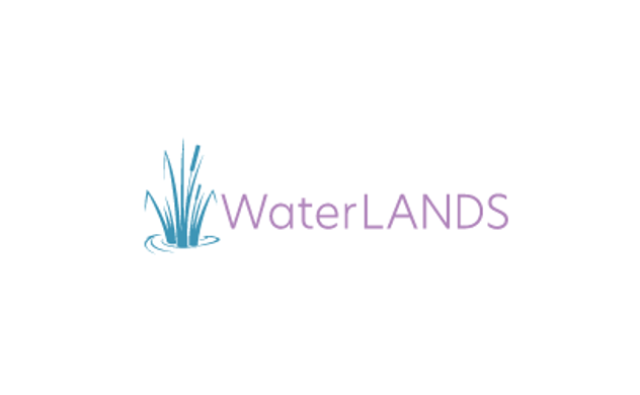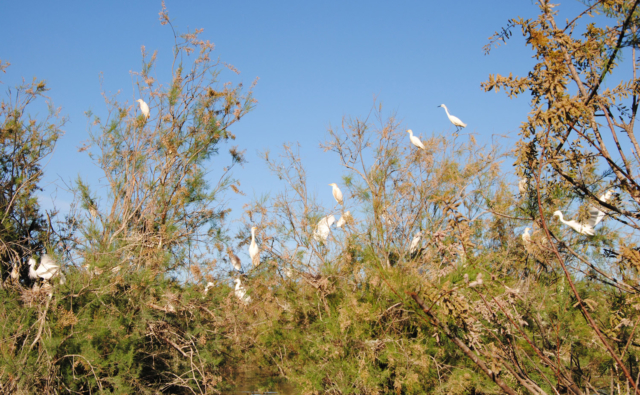Cet article a été publié dans la revue Land. Il a évalué et classé les menaces actuelles dans le delta de Gediz en utilisant une approche multi-méthodes. Le delta de Gediz est composé d’une mosaïque de marais salants et d’eau douce et est reconnu pour son importance internationale pour les oiseaux d’eau nicheurs et hivernants.
Vous pouvez le retrouver sur le portail documentaire de la Tour du Valat.
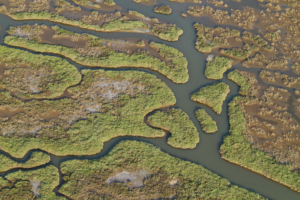
Résumé:
Mediterranean wetlands are among the most threatened natural areas. The needs and demands of an increasing human population are modifying land use and converting natural habitats into artificial areas. In order to combat these trends, effective conservation planning needs to provide clear, systematic identification of threats to find sustainable conservation strategies. In this case study, we evaluated current threats in the Gediz Delta (Turkey) using a multi-method approach. First, we did a comprehensive literature review and stakeholder interviews to identify existing threats. We then did a complete survey of the Delta through intensive fieldwork. The threats were coded and ranked using the conservation standards. We used the threat ranking and field survey to map the most vulnerable areas of the Delta. The most commonly observed threats in the field were pollution and agriculture and aquaculture activities. According to the threat ranking, the most important threats are climate change and residential and commercial development. The habitats that are most at risk are agricultural grassland habitats. The results indicate a need to extend conservation actions in the inner part of the Delta. In addition, the multi-method threat ranking approach could serve as a model to improve conservation planning in other sites worldwide.
Référence bibliographique :
Arslan, D.; Çiçek, K.; Döndüren, Ö.; Ernoul, L. Threat Ranking to Improve Conservation Planning: An Example from the Gediz Delta, Turkey. Land 2021, 10, 1381. https://doi.org/10.3390/ land10121381
